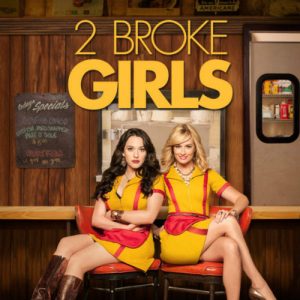Last month, I came across a hot video on twitter, which left me deep impression. In the video, Australian newsreader Amber Sherlock lost her cool when a fellow journalist Julie Snook, a guest speaker sat down wearing a white jacket, a color that matches the outfits of both the women. Amber had such an epic meltdown that she reprimanded Julie put on a different-colored jacket, this event created an extremely awkward situation in the chat-room.[1]

My first reaction after I learned the whole story was there was nothing to be blamed in Amber`s request as she has already given reasonable explanation that she wanted to avoid a broadcasting incidence. Surprisingly, the majority of comments under the video criticized her rudeness. This video was also widely watched on Chinese social media Weibo, there I found most viewers’ opinion was consistent with me, Amber did nothing wrong. Given the fact that Amber had reminded Julie two hours ago to not wear the same clothes that might cause trouble for clothing department , obviously Julie has adequate time to get changed, but she didn’t, she failed to do her job and violated her obligation.
By comparing these two opposite public opinion, I realized people from the west holds different opinion in fundamental attribution error, namely, the tendency to underestimate the influence of external factors and overestimate the influence of internal factors when making judgments about the behavior of others, than those who are from the east. The former is inclined to attribute Amber`s overreaction to be the inevitable outcome of surroundings. While the latter tends to regards it as obnoxious bully. From the anthropological standpoint, westerners and easterners have been maintaining contrasting logical system for thousands of years. The collectivism determine Asian to value high contextual culture. Whereas individualism make western society” treat specific objects in isolation from their context. And they hold belief that they can know the rules governing objects and therefore can control the objects’ behavior”.[2]
Today’s historical significant globalization era requires entrepreneurs pay close attention to these distinctions so they could make appropriate judgment on their employee’s behavior and achieve effective management.
Reference
- Andrew Court For Daily Mail Australia. (2017, January 13). Is there bad blood? Amber Sherlock and Julie Snook DON’T follow each other on social despite insisting they’re ‘good friends’… but DO follow their other Channel Nine colleagues. Retrieved February 05, 2017, from http://www.dailymail.co.uk/tvshowbiz/article-4115710/Amber-Sherlock-Julie-Snook-DON-T-follow-social-despite-insisting-good-friends.html
- Nisbett R. E. The geography of thought: How Asians andwesterners think differently…and why. New York: Free Press,2004
- Langton, Robbins, Judge, Organizational Behaviour, 7th edition, chapter 2
